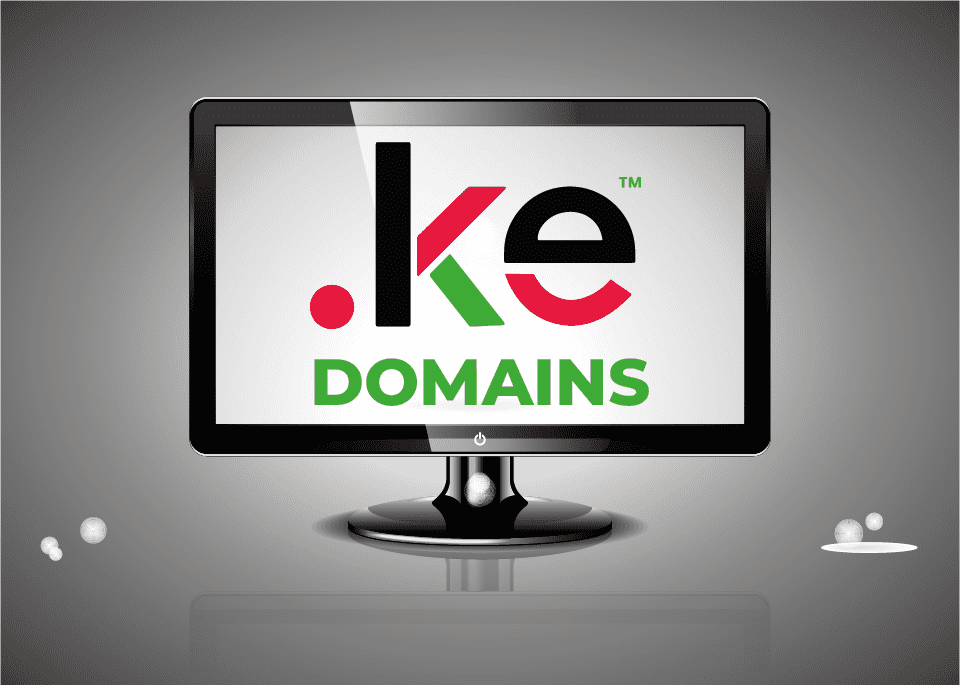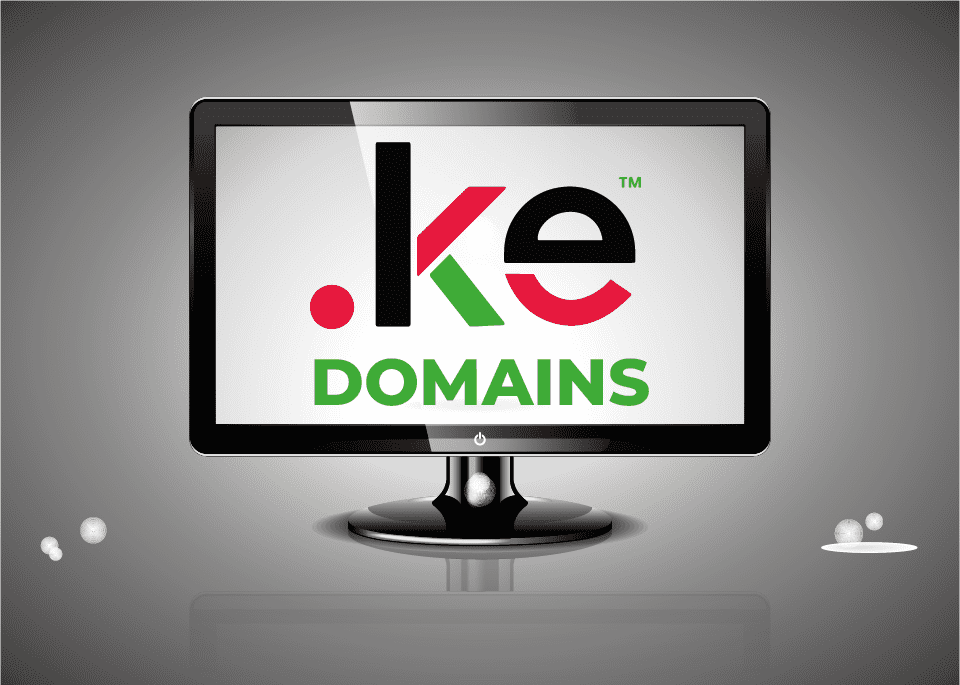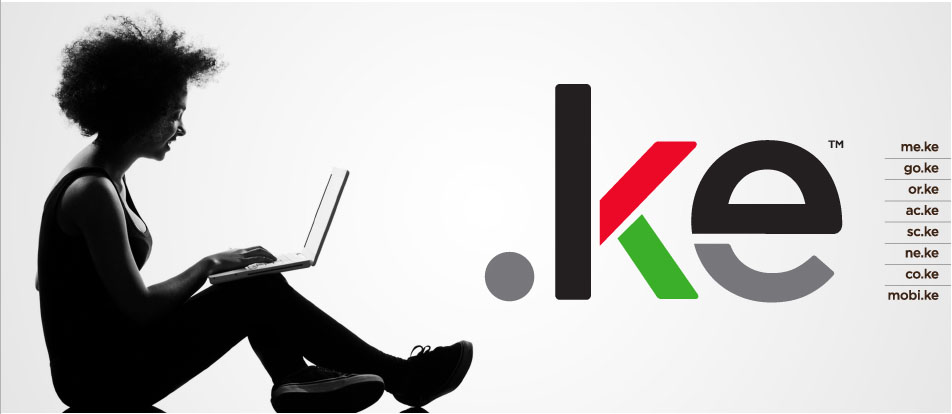Kenya Network Information Centre (KeNIC) recently announced that they will finally offer the .ke second level domains. That’s something many of us have been waiting for a while and wondering why it wasn’t already in use. What stopped it from being available. What does it mean for KeNIC to roll them out. These and many questions have come up as responses to that announcement, and we thought that this needed someone to answer all the questions that popped up.
After all this is our country level domain extension, something we hold with pride. We are lucky to have got the CEO himself, Abdalla Omari to answer these questions. Below is a bit about him and what he does.
Abdalla Omari is the Chief Executive Officer (CEO) for Kenya Network Information Centre (KeNIC). He has over 15 years in Management, Leadership, finance and accounting. Abdalla Joined KeNIC in the September, 2014. When he joined KeNIC, the number of domains were around 37,000. Currently, KeNIC has an average of about 68,000 domains, which is an increase of 84% within 1 ½ years of his tenure.
He is a member of the Governance Committee of Africa Network Information Centre, AfriNIC (this is the regional Internet registry, RIR, for Africa). AfriNIC has its headquarters in Ebene City, Mauritius. Abdalla is also one of the 3 Africa representatives to the ccNSO (Country Code Name Supporting Organization) Executive Committee, known as Council Members.
The Country Code Names Supporting Organization (ccNSO) is a body within the ICANN structure created for and by ccTLD Managers. It is responsible for developing and recommending global policies to the ICANN Board for a limited set of issues relating to ccTLDs, such as the introduction of Internationalized Domain Name ccTLDs (IDN ccTLDs).
Abdalla also sits on the Board of African Top Level Domains Limited, AfTLD. This organization was incorporated as a Mauritius non-profit corporation. AFTLD acts as a focal point for Africa’s Country Code Top Level Domains Managers and Sponsoring Organizations.
Let’s get right to it. Ask your questions!




























